Science Visualized
-
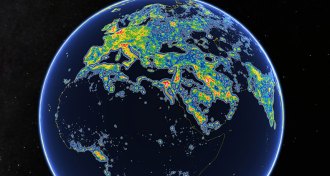 Earth
EarthA third of the population can’t see the Milky Way at night
Light pollution conceals the Milky Way’s star-spangled core from more than a third of Earth’s population, a global atlas of artificial sky luminance reveals.
-
 Materials Science
Materials ScienceButterfly-inspired nanostructures can sort light
Scientists re-created a nanostructure found on butterflies that can separate out circularly polarized light, a characteristic that may be useful for telecommunications.
-
 Oceans
OceansHere’s where 17,000 ocean research buoys ended up
A combined look at 35 years’ worth of ocean buoy movements reveals the currents that feed into ocean garbage patches.
-
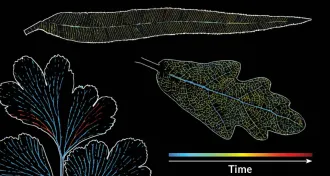 Plants
PlantsHere’s what a leaf looks like during a fatal attack of bubbles
Office equipment beats synchrotrons in showing how drought lets air bubbles kill the water-carrier network of veins in plant leaves.
By Susan Milius -
 Astronomy
AstronomyTo find ET, look at who’s (maybe) looking at us
To listen for aliens, two astronomers suggest that we focus on stars whose inhabitants can see Earth periodically cross in front of our sun.
-
 Astronomy
AstronomyThere’s far more to the galaxy than meets the eye
A new map of the galaxy as seen in submillimeter light reveals intricate details from nearby nebulas to the far-flung galactic center.
-
 Astronomy
AstronomyThe moon’s poles have no fixed address
Ancient deposits of lunar water ice mark where the moon’s poles used to be.
-
 Science & Society
Science & SocietyScience gives clues to ‘The Bedroom’ as van Gogh painted it
Art and science converge in a visualization of the original colors of Vincent van Gogh’s “The Bedroom.”
By Kate Travis -
 Oceans
OceansSwirls of plankton decorate the Arabian Sea
The dinoflagellate Noctiluca scintillans is taking over in the Arabian Sea, posing a potential threat to its ecosystem.
-
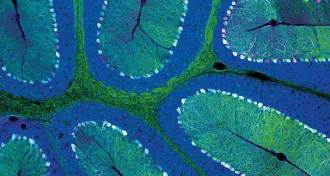 Neuroscience
NeuroscienceBrain cells aglow after viral delivery
The virus AAV-PHP.B proves best at delivering genes to brain cells in mice. Similar viruses may eventually be used for gene therapy in humans.
-
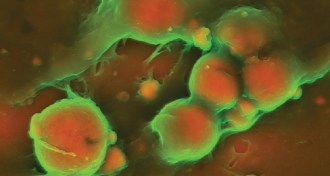 Life
LifeImages probe artery-hardening plaques
Zooming in on hardened arteries shows researchers which plaques pose heart attack risks.
-
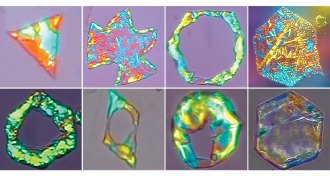 Chemistry
ChemistryFrozen oil droplets morph and shine
Scientists can turn oil droplets into an array of crystalline shapes by manipulating the chemistry and temperature of the droplets’ surroundings.